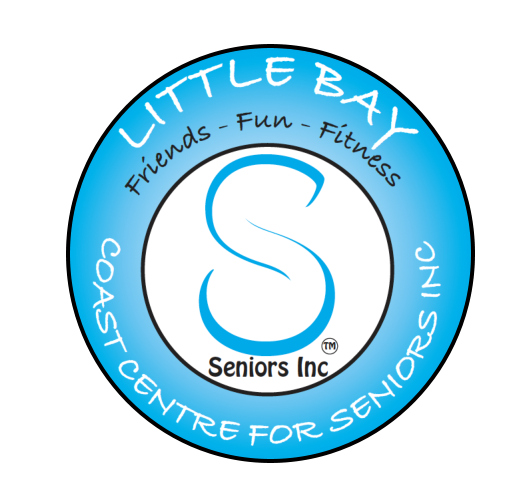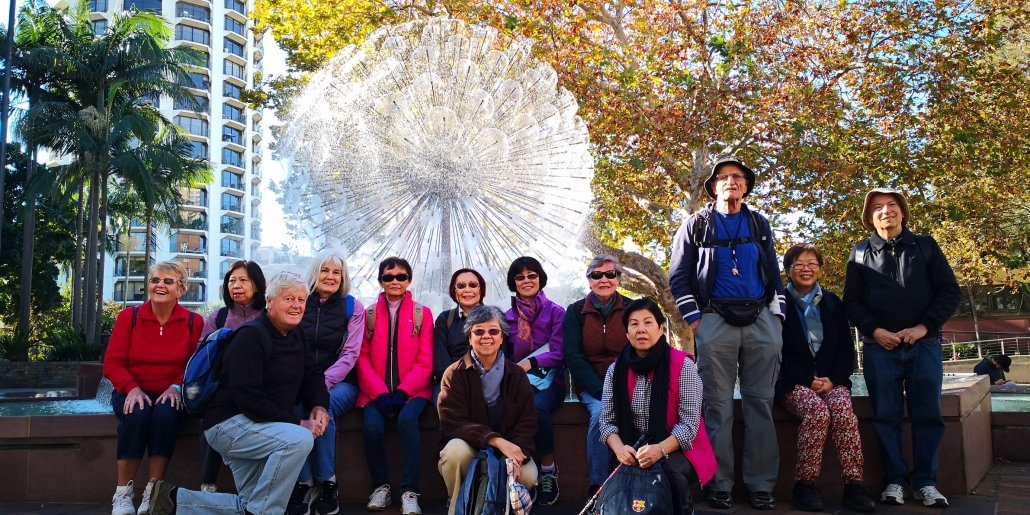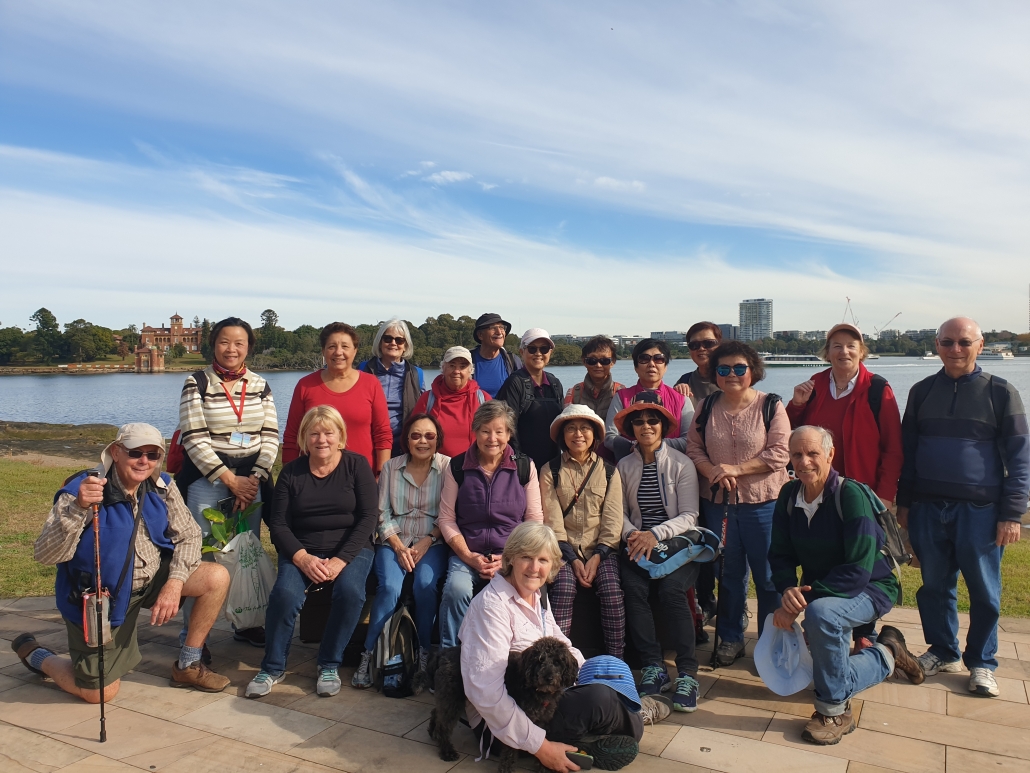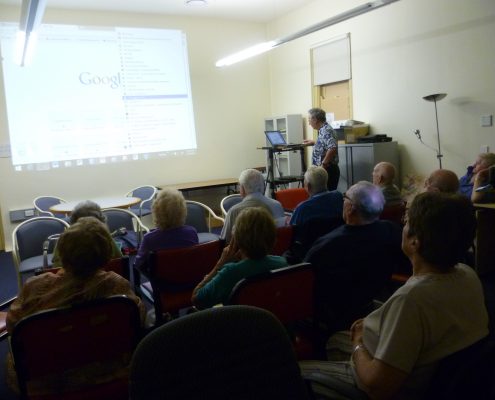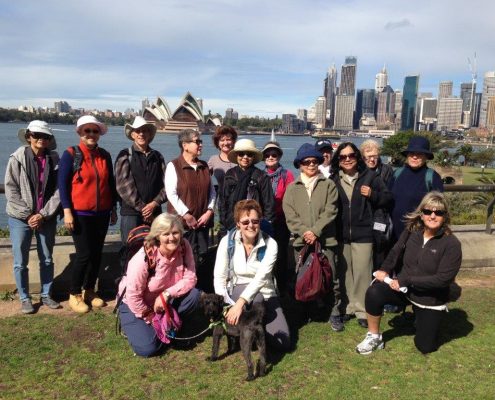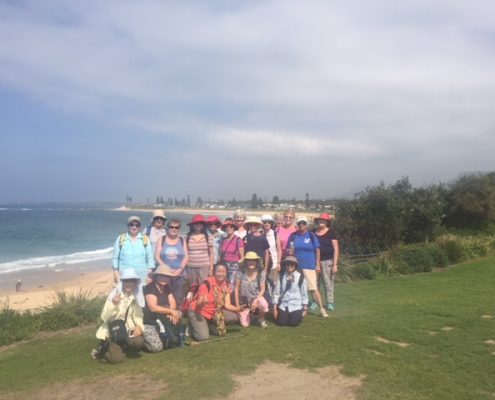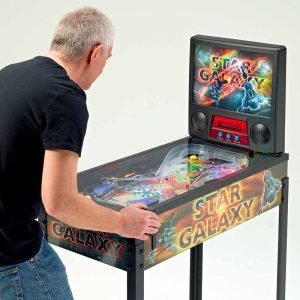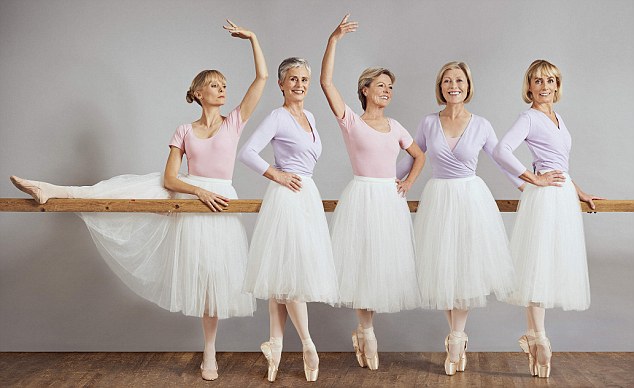Top 10 Reasons to get Physical
Regular aerobic activity, such as walking, bicycling or swimming, can help you live longer and healthier. Need motivation? See how aerobic exercise affects your heart, lungs and blood flow. Then get moving and start reaping the rewards.
How your body responds to aerobic exercise
During aerobic activity, you repeatedly move large muscles in your arms, legs and hips. You’ll notice your body’s responses quickly.
You’ll breathe faster and more deeply. This maximises the amount of oxygen in your blood. Your heart will beat faster, which increases blood flow to your muscles and back to your lungs.
Your body will even release endorphins, natural painkillers that promote an increased sense of well-being.
Your small blood vessels (capillaries) will widen to deliver more oxygen to your muscles and carry away waste products, such as carbon dioxide and lactic acid.
What aerobic exercise does for your health
Regardless of age, weight or athletic ability, aerobic activity is good for you. Aerobic activity has many health benefits, no matter your age. As your body adapts to regular aerobic exercise, you’ll get stronger and fitter.
Consider the following 10 ways that aerobic activity can help you feel better and enjoy life to the fullest.
Aerobic activity can help you:
- Keep excess pounds at bay
Combined with a healthy diet, aerobic exercise helps you lose weight and keep it off. - Increase your stamina, fitness and strength
You may feel tired when you first start regular aerobic exercise. But over the long term, you’ll enjoy increased stamina and reduced fatigue.You can also gain increased heart and lung fitness and bone and muscle strength over time. - Ward off viral illnesses
Aerobic exercise activates your immune system in a good way. This may leave you less susceptible to minor viral illnesses, such as colds and flu. - Reduce your health risks
Aerobic exercise reduces the risk of many conditions, including obesity, heart disease, high blood pressure, type 2 diabetes, metabolic syndrome, stroke and certain types of cancer.Weight-bearing aerobic exercises, such as walking, help decrease the risk of osteoporosis. - Manage chronic conditions
Aerobic exercise may help lower blood pressure and control blood sugar. It can reduce pain and improve function in people with arthritis. It can also improve the quality of life and fitness in people who’ve had cancer. If you have coronary artery disease, aerobic exercise may help you manage your condition. - Strengthen your heart
A stronger heart doesn’t need to beat as fast. A stronger heart also pumps blood more efficiently, which improves blood flow to all parts of your body. - Keep your arteries clear
Aerobic exercise boosts your high-density lipoprotein (HDL), the “good,” cholesterol, and lowers your low-density lipoprotein (LDL), the “bad,” cholesterol. This may result in less buildup of plaques in your arteries. - Boost your mood
Aerobic exercise may ease the gloominess of depression, reduce the tension associated with anxiety and promote relaxation. It can also improve your sleep. - Stay active and independent as you age
Aerobic exercise keeps your muscles strong, which can help you maintain mobility as you get older. Exercise can also lower the risk of falls and injuries from falls in older adults. And it can improve your quality of life.Aerobic exercise also keeps your mind sharp. Regular physical activity may help protect memory, reasoning, judgment and thinking skills (cognitive function) in older adults. It may also improve cognitive function in children and young adults. It can even help prevent the onset of dementia and improve cognition in people with dementia. - Live longer
Studies show that people who participate in regular aerobic exercise live longer than those who don’t exercise regularly. They may also have a lower risk of dying of all causes, such as heart disease and certain cancers.
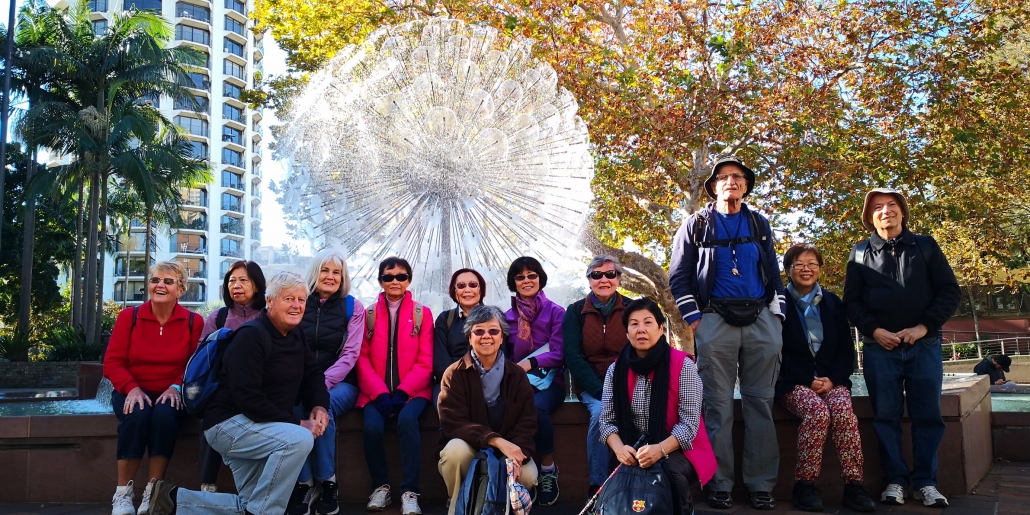
Take the first step
Ready to get more active? Great. Just remember to start with small steps. If you’ve been inactive for a long time or if you have a chronic health condition, get your doctor’s OK before you start.
When you’re ready to begin exercising, start slowly. You might walk five minutes in the morning and five minutes in the evening. Any physical activity is better than none at all.
The next day, add a few minutes to each walking session. Pick up the pace a bit, too. Soon, you could be walking briskly for at least 30 minutes a day and reaping all the benefits of regular aerobic activity. You can gain even more benefits if you exercise more.
Other options for aerobic exercise could include cross-country skiing, aerobic dancing, swimming, stair climbing, bicycling, jogging, elliptical training or rowing.
If you have a condition that limits your ability to participate in aerobic activities, ask your doctor about alternatives. If you have arthritis, for example, aquatic exercises may give you the benefits of aerobic activity without stressing your joints.
At The Coast Centre we have aerobic activities everyday of the week and walks every fortnight.
Article extracted from here
